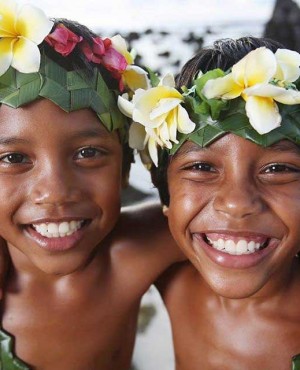
Yaren – Islands around the world offer numerous surprises, brought about by their distinct natural beauty or the wonders provided by their inhabitants. One of the circular islands south of the equator offers unique natural features and people. Travelers going to just 60 kilometers south of the equator will be pleasantly surprised by Nauru, formerly known as Pleasant Island.
Nauru and Its People
An island isolated from the rest of the more known locations near the equator, Nauru was kept safe and free from invasions as well as European influence.
When viewed from above, the island is shaped like a hat. It is a place that was once covered with lush vegetation, which is a delightful sight in Micronesia. However, due to years of phosphate mining in its interior, called Topside, it has impassable routes of calcite pinnacles. In spite of this, local people are trying their best to bring back the beauty of their land.
Nauru became home to different ethnic groups who came to the island, such as the Chinese, Filipinos, Fijians, Kiribati, and Tuvalu. All of them share a common space of residence on the island, but they are clearly distinguished based on their own places in the phosphate mining industry and their adopted Nauruan lifestyle.
What Traditions Remain?
As the island became home to a few ethnicities, the indigenous people’s cultures and traditions did not remain intact. Even their isolation from foreign contact over the centuries did not shield them from the changes in their communities brought about by the rapid modernization and diversification around the globe. This resulted in the decrease in interest in their culture and customs.
The island’s indigenous people, the Nauruans, are now working to get their place back to when Pleasant Island was full of vegetation and rich traditions. The Nauruans continue performing their traditional dance and rhythmic singing during special occasions. Moreover, visitors can see numerous local crafts made by the residents created from their indigenous materials, such as kokospalme and kokosfasern.
A Hope to Fulfill
Even if they continue using indigenous materials and keeping some of their old ways alive, the Nauruans are not completely reliving their ethnic roots. This is because many of the communities are crowded along the narrow coastal rift as the inner lands, referred to as Topside, are still not rehabilitated after years of mining. Where their community is located is affecting how the residents, both indigenous and foreign, are interacting with each another.
There is still hope that the Nauruans wish to fulfill; to live the lives they once had where Topside served as a means of crossing from one coast to another. This was a land where they had an abundance of food and a place for recreation, which brought the communities together. The Pleasant Island that the Nauruans knew is what they wish to recreate after a successful rehabilitation of their lands.
Image from Nauru Airlines, https://www.instagram.com/nauruairlines/
*This article was originally published on October 12, 2018



